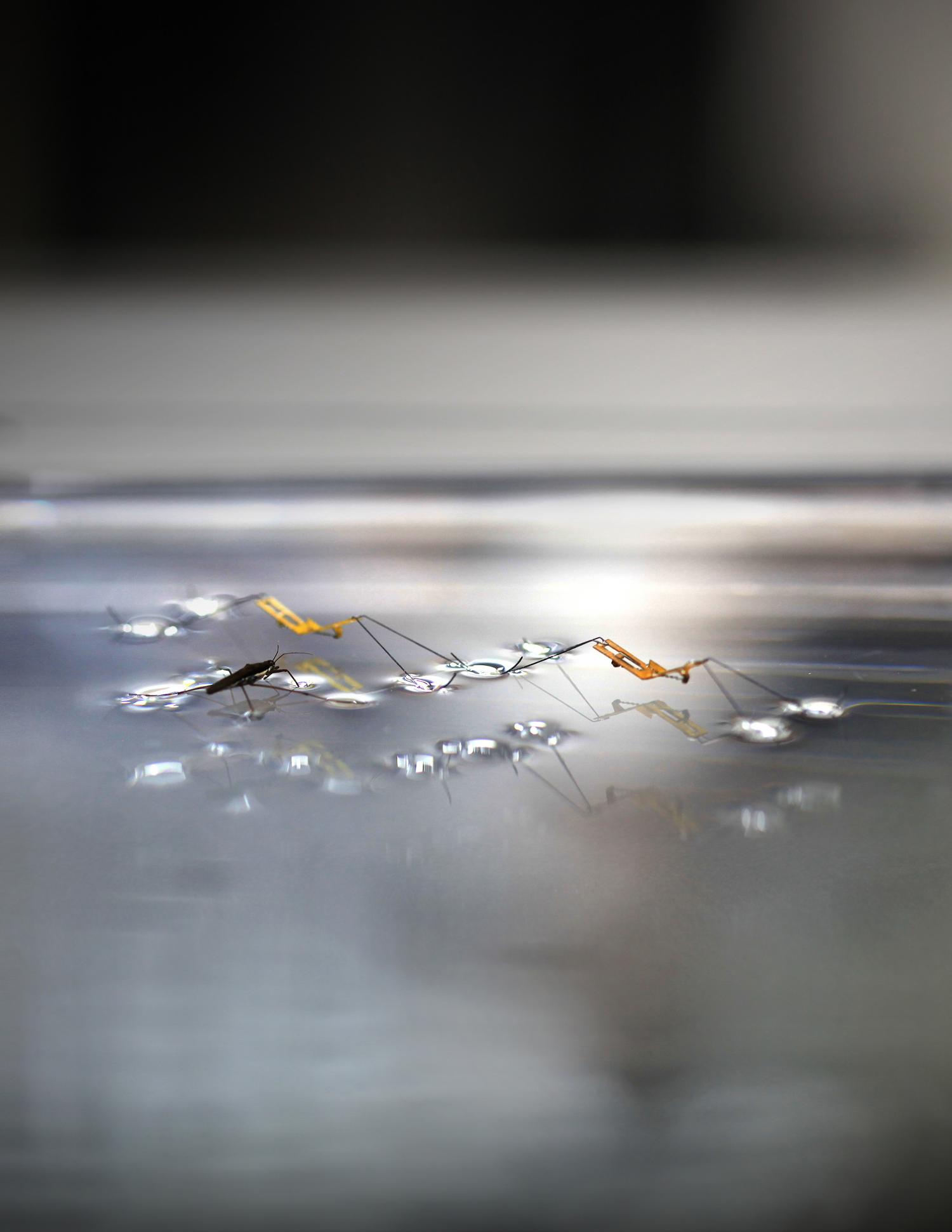-
Tips for becoming a good boxer - November 6, 2020
-
7 expert tips for making your hens night a memorable one - November 6, 2020
-
5 reasons to host your Christmas party on a cruise boat - November 6, 2020
-
What to do when you’re charged with a crime - November 6, 2020
-
Should you get one or multiple dogs? Here’s all you need to know - November 3, 2020
-
A Guide: How to Build Your Very Own Magic Mirror - February 14, 2019
-
Our Top Inspirational Baseball Stars - November 24, 2018
-
Five Tech Tools That Will Help You Turn Your Blog into a Business - November 24, 2018
-
How to Indulge on Vacation without Expanding Your Waist - November 9, 2018
-
5 Strategies for Businesses to Appeal to Today’s Increasingly Mobile-Crazed Customers - November 9, 2018
Bio-inspired robots jump on water
Kyu-Jin Cho, senior researcher involved in the study and other projects led by the SNU’s Biorobotics Laboratory and Department of Mechanical and Aerospace Engineering, explained that the tiny insects must reach a flawless balance between speed and force of thrust in order not to break water’s surface tension and start to sink.
Advertisement
Many natural organisms such as the water strider can perform extreme styles of locomotion – such as flying, floating, swimming, or jumping on water – easily despite a lack of complex cognitive skills. The further the insect’s leg pushes down, the greater the surface tension that builds under the leg and the better the upward jump.
Cho said that he is fascinated by how the water striders jump on water.
Published in the journal Science, the team watched the water striders leap, using high-speed cameras and found how their long legs accelerate gradually, meaning the water surface does not react to the propelling force too quickly and lose contact with the legs.
Upon jumping from a water surface, the robot invented by the team can attain the same momentum and height exhibited when the jump is made on a solid ground, says Robert Wood, Ph.D., co-author from the Wyss Institute at Harvard University. “Furthermore, jumping that involves interactions between the unconstrained free body and the liquid surface has been poorly understood at the scale of insects”.
As it turns out, one key to their leap is that water striders steadily and gradually increase their jumping force. The tiny artificial insects, which can jump as high on water as they can on land, were also relatively easy to assemble, and could be produced en masse should the need ever arise to create an army of these little guys for a mission. The achievement, described in Science today, means that an army of small, robotic creatures might one day help search for flood survivors – or they could end up being used to creep on your enemies, according to the researchers. The team developed its water strider robot by arranging shape memory alloy – a material that changes shape when heated, but returns to its original shape – in a “pop-up book” style.
Advertisement
Water strider together with a robotic insect that can jump on water. They also adapted a catapult mechanism inspired by fleas to help it jump. “This challenge was interesting to biologists, fluid mechanics researchers and robotics researchers, all alike”.





























